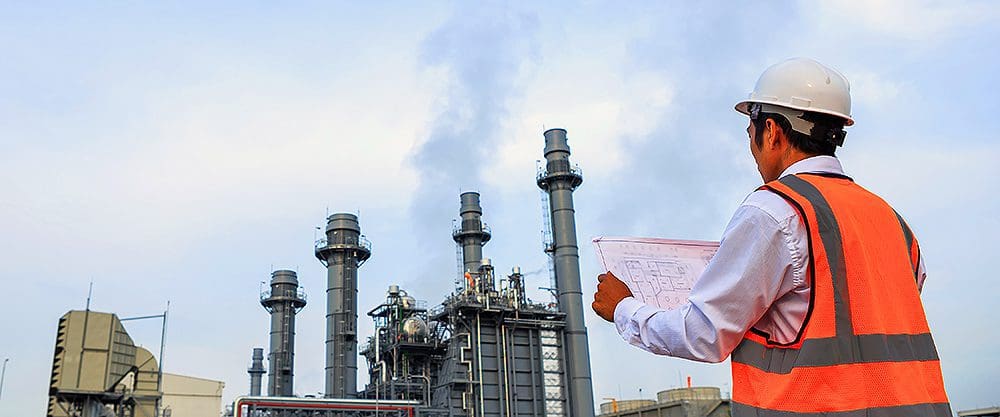As a market, Asia lags behind other regions in maximizing value from Enterprise Asset Management (EAM) practices. Reasons vary, including lack of project finances and incomplete, misapplied best practices, employee turnover, and more. But for the companies willing to do the hard work, the benefits of a healthy EAM program will make it worthwhile.
Excel spreadsheets, Post-It notes and whiteboards are all tools used daily in businesses around the world. Often in completely beneficial ways.
But just as often, used in the wrong way for the wrong task.
An electricity provider shouldn’t be managing outages on a whiteboard. A refinery shouldn’t be tracking maintenance requests using Post-It notes. A rail service shouldn’t be managing mission-critical business assets in a spreadsheet.
And yet, these are situations I’ve witnessed first-hand during my years of working with asset intensive industries.
Mostly for finance
“Most SAP systems in Asia were implemented primarily for finance,” says Edward Lee, Rizing’s Vice President in Asia. “Many companies are using less than 50% of the capabilities of their current SAP installation. These systems were setup based on past processes and system capabilities that have since changed greatly.”
One situation we see is that, due to lack of additional project funds, the EAM portion of SAP is usually rolled out with just basic integration with the Plant Maintenance module that some people assume is EAM. The company does limited change management and training, and doesn’t configure the software to support the business processes.
The results are about what you’d expect. Employees don’t know how to use the new system. It’s complicated. The easier thing is to revert back to their comfortable Excel spreadsheet.
Clean data is hard
Make no mistake.
Getting clean master data is hard work. There’s no shortcut that jumps you over the hours of entering and validating data line by line for each asset.
But you won’t get accurate or useful dashboards or analytics with poor quality data.
And best practices aren’t always best.
Not everyone has the same corporate ownership structure, the same plant structure, range of products or operational processes. Different products and services require different practices on the back end to account for the differences in logistics and freight and how to handle back orders, for example.
All is not lost
There are bright spots.
Rizing has an Asian project where the client is about 12 months into their program and they are doing the hard work now.
They are working to get their foundation right, the core business processes right, and figuring out good planning, scheduling, execution and data. They can build on that work with continuous improvement efforts going forward.
All of that work is being done remotely – our project manager hasn’t even been onsite.
Once implemented, this client will reap the benefits of a healthy EAM program – a safer workplace, increased productivity and profitability, with reduced risk and environmental impact.
What’s the state of your EAM program?
And for the companies who aren’t quite there yet?
Rizing can help.
“We can help them to fix their SAP system that was never designed for EAM,” says Edward Lee. “Then using a continuous improvement approach, we can facilitate proper adoption of EAM projects in smaller 3-4 month bites. We help our clients with Real. World. Experience.”
Free assessment
Not sure where you stand in getting a proper EAM program going within your company? Contact Us to schedule a free four-hour assessment session on your EAM readiness.

